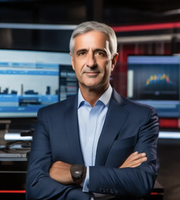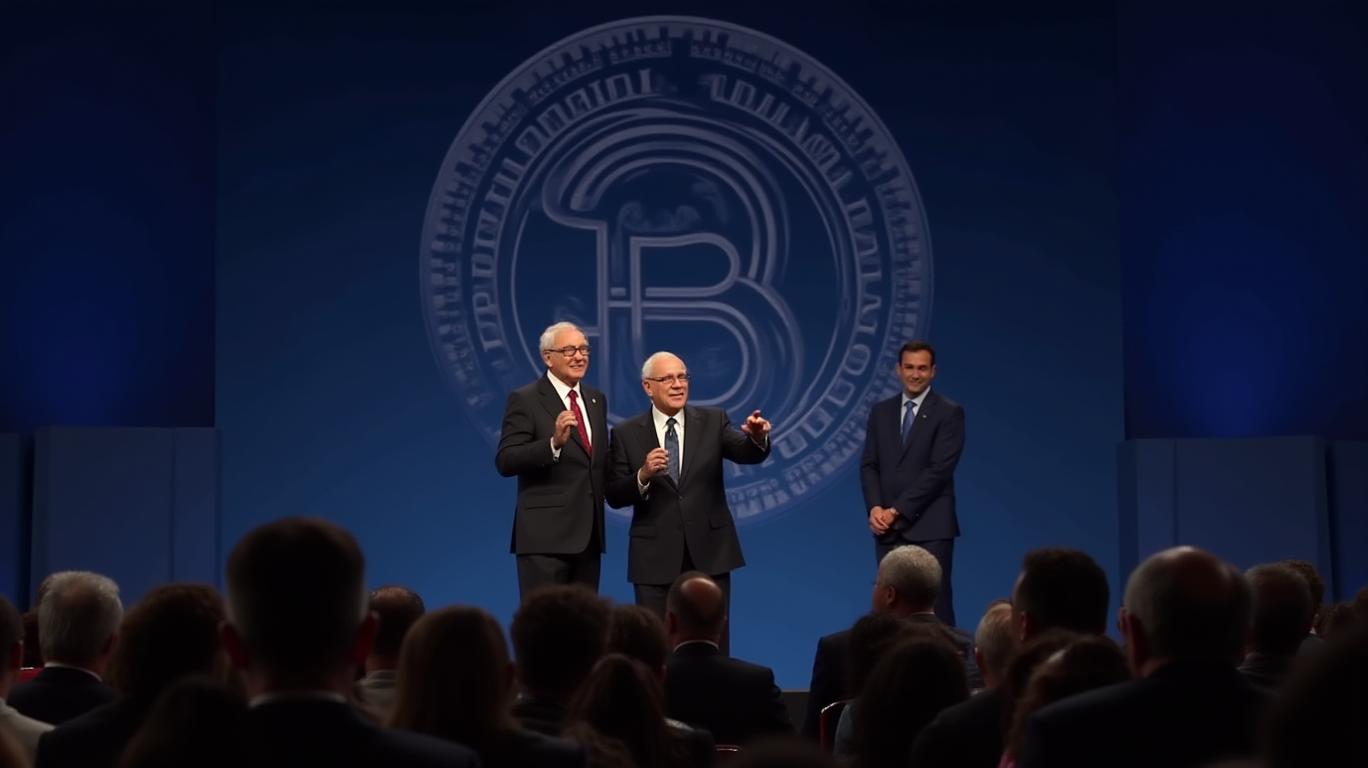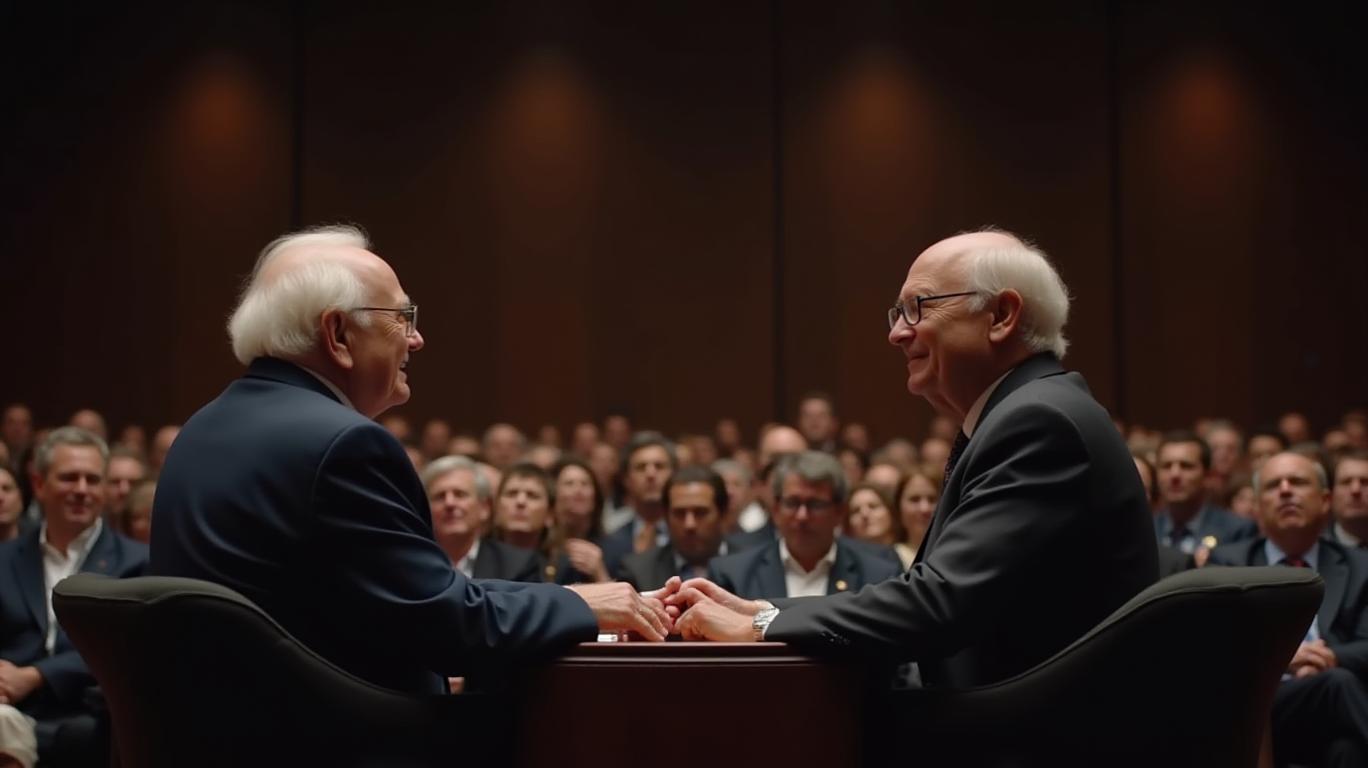The Buffett Era Ends: Navigating Berkshire Hathaway's Leadership Transition and Its Investment Implications
The Oracle of Omaha is stepping aside. Warren Buffett, the 94-year-old CEO of Berkshire Hathaway, announced at the company’s annual shareholder meeting in May 2025 that he will retire from his CEO role by year-end, ceding the helm to Vice Chairman Greg Abel. This marks the end of an era for one of the world’s most iconic conglomerates, which Buffett has guided for over six decades. The transition raises critical questions for investors: How will Berkshire adapt to a post-Buffett world? What challenges does Abel inherit, and what opportunities lie ahead?
Buffett’s Legacy: A Half-Century of Value Investing
Buffett’s tenure at Berkshire Hathaway is legendary. He turned a struggling textile firm into a $1.16 trillion empire through disciplined value investing, strategic acquisitions, and a focus on cash-rich, stable businesses. Today, Berkshire owns over 60 subsidiaries—from Geico (insurance) and BNSF Railway (logistics) to Duracell (batteries)—and holds massive equity stakes in Apple ($70 billion), Coca-Cola, and Bank of America. 
While Berkshire’s shares have underperformed the broader market in recent years, its long-term track record is unmatched: investors who bought into Berkshire in 1965 have seen a staggering 5,502,284% return—far outpacing the S&P 500. Buffett’s mantra of “long-term thinking” and “moats” around businesses has shaped modern investing philosophy.
The Challenges Ahead for Greg Abel
Abel, a 62-year-old Canadian-born executive, faces immense pressure to maintain Berkshire’s success. His first test? Deploying the company’s $347 billion cash hoard—a historic sum that Buffett has resisted rushing to invest.
Abel’s strengths lie in operational management. As CEO of Berkshire Hathaway Energy since 2008, he oversaw significant infrastructure investments and cost efficiencies. However, Berkshire’s sprawling structure—60+ autonomous subsidiaries—requires balancing decentralization with strategic cohesion. Buffett has praised Abel’s “curiosity” and hands-on approach, contrasting it with his own “lax” style. Yet, Abel must navigate headwinds:
- Slowing Earnings: Berkshire’s operating earnings fell 14% in Q1 2025, with insurance underwriting profits down nearly 50%.
- Market Volatility: The S&P 500’s recent swings highlight the difficulty of large-scale equity investments in today’s uncertain environment.
- Regulatory and Trade Risks: Buffett’s warnings about tariffs and unsustainable federal deficits ($1.8 trillion deficit in 2025) loom large.
The Investment Case for Berkshire’s Transition
For investors, the transition is both a risk and an opportunity. On one hand, Berkshire’s ability to replicate Buffett’s success in capital allocation is unproven. On the other, Abel’s operational expertise and Berkshire’s fortress balance sheet offer a foundation for growth. Key considerations:
- Cash Deployment: Will Abel find undervalued assets in a market where “everything is expensive”? His track record in energy infrastructure suggests he may prioritize tangible assets over volatile equities.
- Dividend Policy: Berkshire has never paid a dividend, relying on share appreciation. With Buffett’s exit, pressure to return cash to shareholders could rise—though this remains speculative.
- Succession Beyond Abel: The board’s long-term leadership pipeline is unclear. Buffett’s son Howard, a former philanthropy leader, may become non-executive chairman, but Berkshire’s culture hinges on strong CEO leadership.
Conclusion: A New Chapter, but Buffett’s DNA Endures
Abel’s ascent signals a pivotal shift for Berkshire Hathaway. While the company’s valuation—trading at roughly 1.4x book value, below its historical average—hints at investor skepticism, its fortress balance sheet and diversified portfolio remain formidable.
Data supports cautious optimism:
- Cash Reserves: $347 billion provide a buffer against market downturns.
- Dividend Capacity: Berkshire’s subsidiaries generate $13 billion in annual pre-tax earnings from dividends and interest.
- Abel’s Track Record: Under his leadership, Berkshire Hathaway Energy’s earnings grew at a 7% CAGR over the past decade.
Yet, risks persist. Berkshire’s underperformance relative to the S&P 500 in recent years underscores the difficulty of scaling value investing in a low-yield world. Investors should monitor Abel’s first moves: whether he accelerates acquisitions, boosts dividends, or tightens operational controls.
In the end, Buffett’s legacy is secure. His principles—long-term thinking, margin of safety, and operational discipline—will guide Berkshire forward, even as the baton passes to a new leader. For investors, the question is whether Abel can turn the “Oracle’s” playbook into a sustainable advantage in a post-Buffett era. The answer will shape Berkshire’s next half-century.


_442a2dcc1749832873286.jpeg)
_e68fac6d1749831664430.jpeg)





